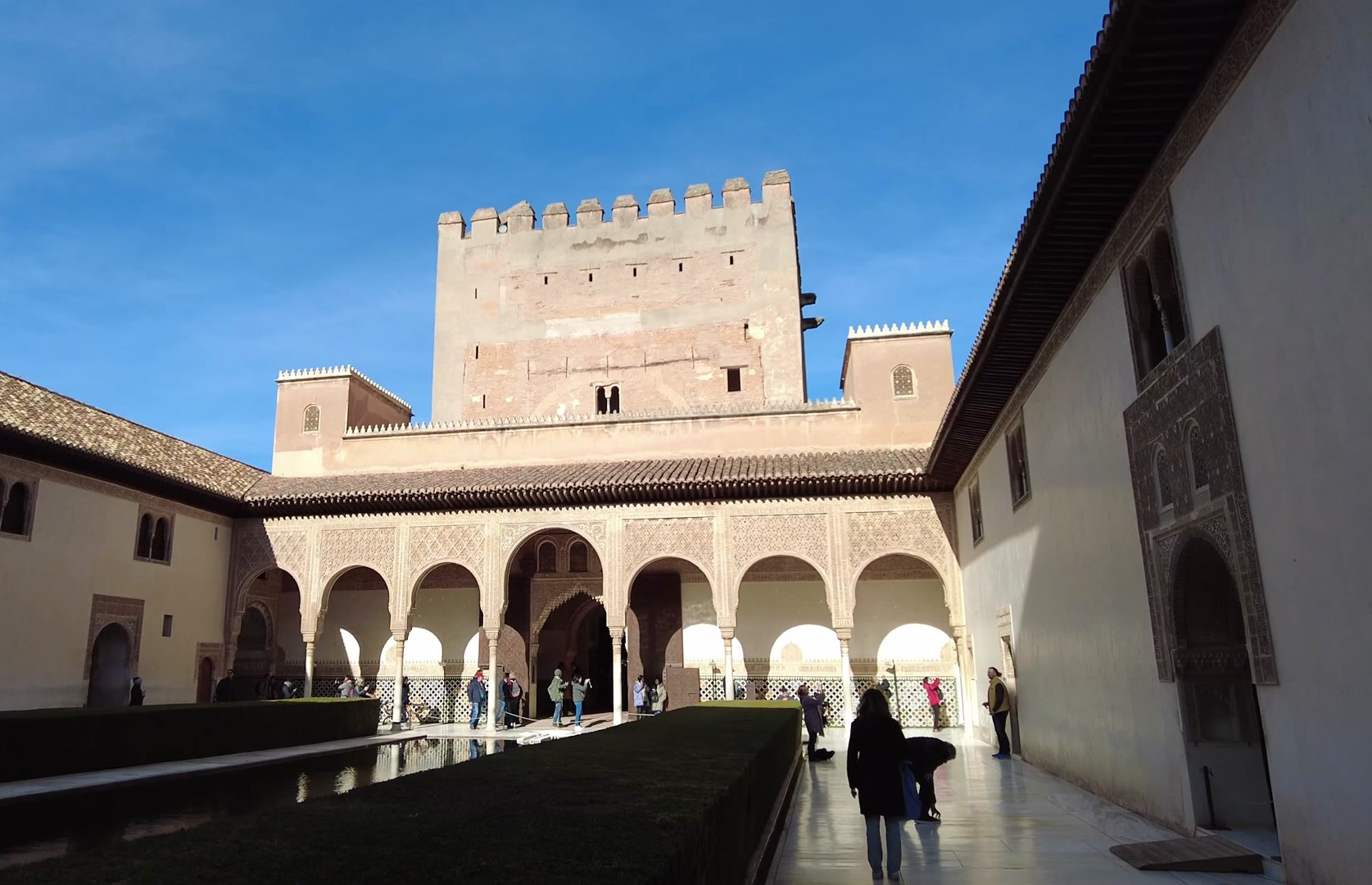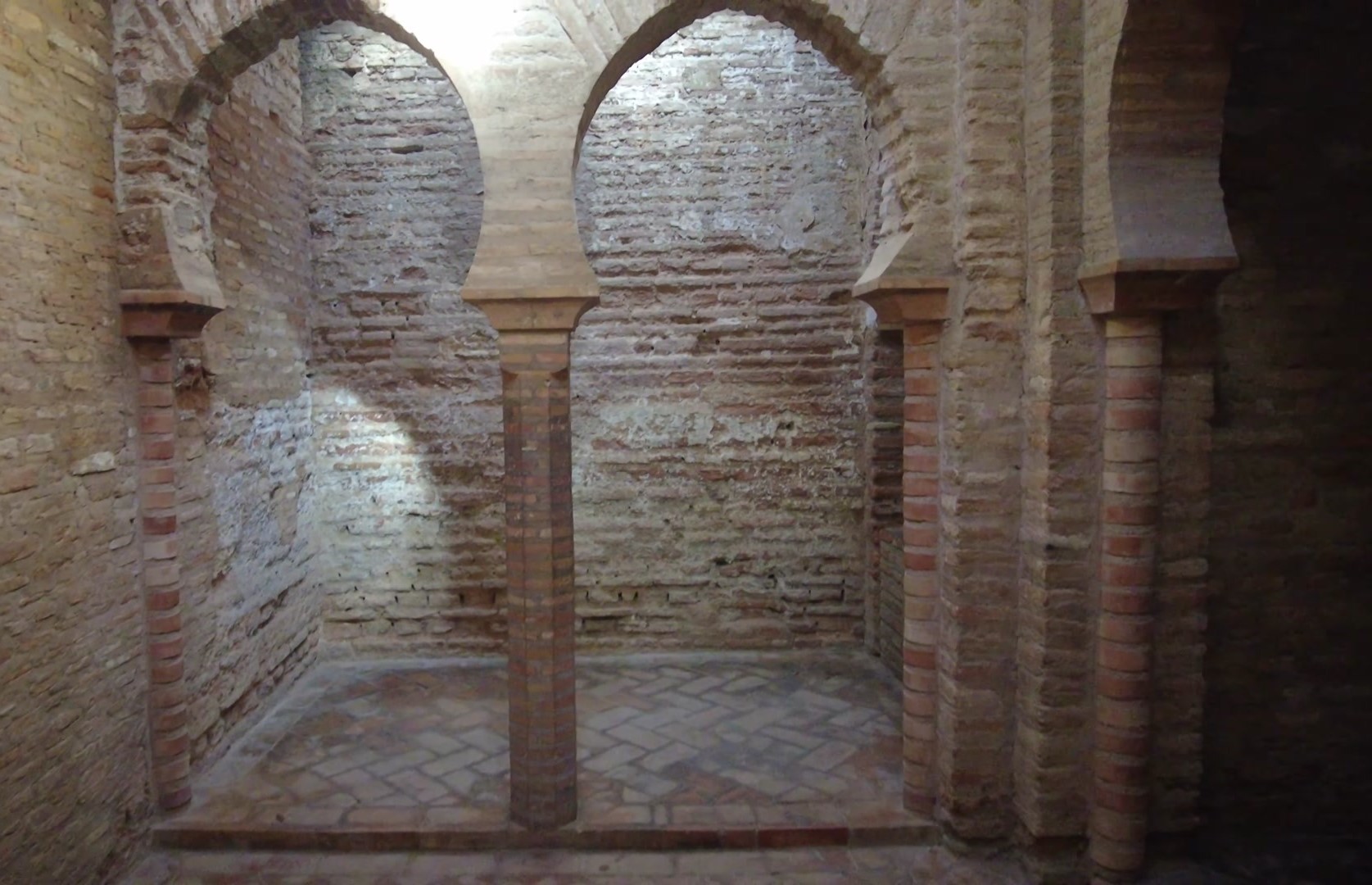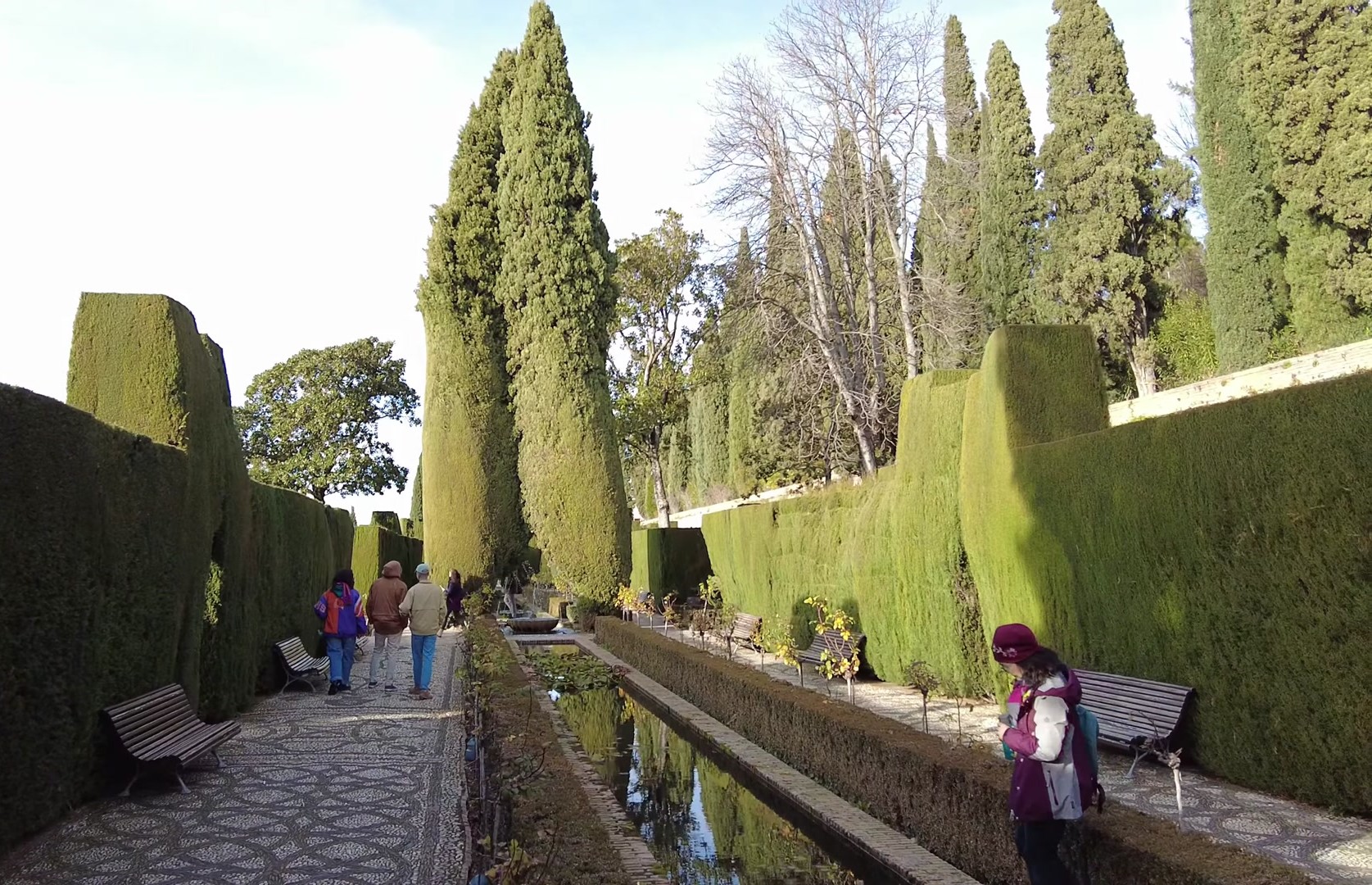The Alhambra - A Magnificent Heritage of Andalusia

Hello friends. During our Andalusian journey, another place that left me in awe was the Alhambra palace in Granada. Exploring this impressive and beautiful complex was an absolute delight because there was so much to discover here.





The most important structure of the Alhambra is the Nasrid Palace. Why is it the most important? Because access is only allowed at specific times. In fact Granada's fame largely began with this palace, especially as the capital of the Emirate of Granada. Muhammad ibn Nasr the founder of the Nasrid Dynasty, began constructing this palace after conquering Granada. The construction was carried out in several stages, starting in the 10th century. However, in the same century, the Catholics took over Granada and expelled the Moors living there.







The sections of the Nasrid Palace are quite remarkable. The Hall of the Ambassadors was initially used for meetings but was later converted into a chapel. It features a stunning Myrtle Courtyard and across from this courtyard stands the Tower of Comares, which housed the throne room of the Emirate of Granada.

Our next stop was the Courtyard of the Lions. Here, there is a very interesting marble fountain. Channels feeding the fountain create a cascading waterfall system from lion-shaped figures. These lion sculptures are unique in design as each is crafted from different marble pieces. The diversity in their designs is striking.





The Alhambra palace preserves extraordinary examples of Arabic stonework, ceramic decorations and intricate patterns. The palace rooms, once adorned with carpets, still reflect their historical grandeur today. A special section of the palace, known as the Palace of the Lions, housed the Sultan’s harem. And the palace had its own baths and separate baths were also located near the mosque.






After the Catholics conquered Granada, they decided to build their own palace. According to the information panels, construction of this palace began in 1526 under architect Pedro Machuca. Since this coincided with the early Renaissance period, the design reflects the characteristics of that era. The palace has a square plan with a circular courtyard inside. This courtyard is beautiful. I’ve rarely seen anything like it. It features a two-story gallery, with the lower level supported by Tuscan columns and the upper level by Ionic columns. These architectural details are stunning.





The lower gallery is covered with a coffered wooden ceiling. Such a design is quite rare and gives the space a very elegant look. Interestingly the palace was never completed and neither the king nor his family ever lived there. The palace was restored in the 20th century and an art gallery was opened on its upper floor. Unfortunately, the gallery was closed on the day we visited. In addition, theatrical performances and events are held in the palace. One area used as a banquet hall, offers a unique atmosphere.


The story of the Alhambra complex doesn’t end with the palace. It also required protection, leading to the construction of the Alcazaba fortress. The name of the complex originates from here. The fortress was built using red sandstone and in Arabic, it was called "Qalat al-Hamra" (red fortress). Over time this name evolved into Alhambra.

When it comes to the tower, its highest point is a bastion known as the "Watchtower". When the Christians conquered Granada, they added a bell to it. This bell was used to warn the population of natural disasters or enemy attacks. The tower offers a breathtaking view of old Granada on one side and the snowy peaks of the Sierra Nevada on the other. Learning that there are ski resorts in these mountains was quite surprising, imagine skiing in Spain.



The defensive setup of the Alcazaba is also noteworthy. It is surrounded by a triple wall system, with artillery positions at the lower section. Guards would stand watch here to defend against attacks. Beneath the fortress, there’s a dungeon where enemies and prisoners were kept. One of the bastions, known as the "Donjon Tower" was not used for defense but as a residence. Before the palace was built, people likely lived here.




Another fascinating spot we visited in the Alcazaba was the Garden of the Architect. This garden replaced a former parapet used for artillery fire. Once the need for defense was gone, it was transformed into a charming garden. It’s remarkable how Spain is dotted with such delightful gardens.



We also explored the El Partal area, which belonged to the Nasrid family. This area features smaller houses that were likely built for servants or people working close to the palace. These houses are too modest for the royal family or sultans. For the sultans, there was a separate structure the Generalife Palace. Situated on a hill opposite the Alhambra, the Generalife was a retreat where sultans spent their leisure time. While administrative matters were handled at the Alhambra, the Generalife served as a place for relaxation and entertainment, often away from the company of their wives.




The Generalife gardens were not just a work of aesthetic art but also highly functional. They produced fruits and vegetables for the sultans tables: pomegranates, almonds, eggplants and artichokes were just a few of the delights grown here. And the area was designed so that the sultans could quickly return to the fortress walls if needed.



Small pools and fountains in the gardens caught our attention. These weren’t just decorative. They also served to cool the environment, making it more livable. Water flowing along the handrails of some staircases was particularly striking. This design not only cooled the steps but also made them more comfortable to use. The reflective surfaces of the water amplified light, brightening the shaded areas of the buildings and enhancing their visual impact. This arrangement expanded the perceived space, creating an even more breathtaking scene. It’s an innovative touch, especially from a landscape architecture perspective.





If you’re considering a visit to Granada, especially the Alhambra palace, I highly recommend it. There are other incredible places to explore in Granada, but I’ll save those for another time. See you soon.
You can check out this post and your own profile on the map. Be part of the Worldmappin Community and join our Discord Channel to get in touch with other travelers, ask questions or just be updated on our latest features.
Great article, very well structured, also really amazing shots here @larissalugo. Great work, congratulations, top quality content for #Hive!
!discovery 35
!PIZZA
$PIZZA slices delivered:
@jlinaresp(10/15) tipped @larissalugo
This post was shared and voted inside the discord by the curators team of discovery-it
Join our Community and follow our Curation Trail
Discovery-it is also a Witness, vote for us here
Delegate to us for passive income. Check our 80% fee-back Program
Wow, what a beautiful royal building, so magnificent and elegant,and very spacious.
If I was there I might have gotten lost, to get back to the gate. Thank you for the insight you have provided.Even though I can't go there, I can see from the pictures you shared.
Your level lowered and you are now a Red Fish!
Check out our last posts:
One of the most spectacular buildings. It took me 3 times until I was able to see it, but the travel was worth it.
My son visited Alhambra this year too, because I was telling him so much time about this building. He also enjoyed the trip.
Merry Christmas.